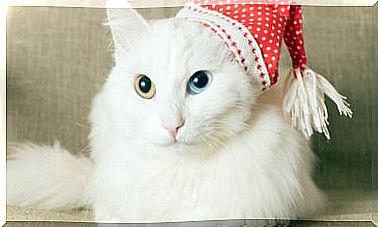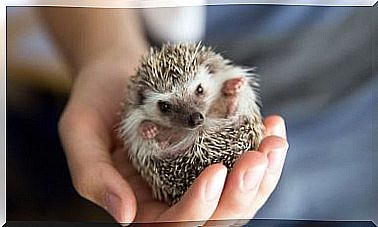Parental Care In Insects
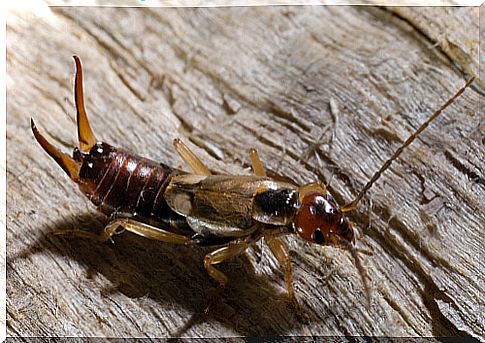
Insects normally suffer some degree of stigmatization. Its unreal forms, its exaggerated number of limbs, and its modified limbs give us an image of another planet with which we find it difficult to empathize. But what would your reaction be if we told you that some of them are exemplary parents ? That’s right, parental care in insects exists.
Introducing the topic with the most technical vocabulary, it is necessary to define what parental care is :
- It is a behavioral and evolutionary strategy adopted by some animals that make an investment to increase the biological efficacy of their descendants. That is, they spend energy and resources in favoring the development and survival of their children as much as possible.
This strategy is mostly recorded in birds and mammals, but the insect world also has dedicated parents.
An exception to the rule
Only 1% of the described insect species show parental care. Natural selection favors the laying of huge quantities of eggs, making this strategy impossible.
Even so, there are arthropod species that limit the number of offspring they bring into the world in each reproductive episode, and therefore are capable of showing certain degrees of care worthy of any mammal. Here are the most representative examples.
Egg care
In some species, parental care begins even before the young hatch.
Various species of earwigs clean their eggs against possible fungi and pathogens . Their attention goes further, since they secrete symbiotic bacteria on them that are antifungal and bactericidal, protecting them to the maximum. One study showed that only 4% of the eggs hatched when there was no care on the part of the female, as opposed to almost 80% when she was present.
Some water bugs ( Belostomatidae ) also take care of their offspring. The males attach the eggs to their back, carrying them until they hatch. This increases their visibility to predators and prevents them from carrying out their lives normally, but they still take risks.
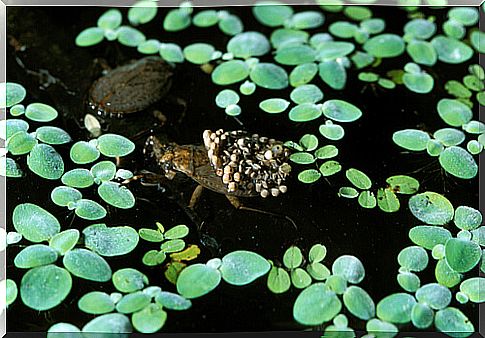
Sophisticated parental care
Some burying beetles ( Nircrophorus vespilloides , for example) show complex parental care.
Both males and females take care of the larvae in these cases:
- They build nests where they house their offspring. In these they deposit decaying insect carcasses that will serve as food for their offspring.
- They can feed regurgitated meat to their larvae if they ask for it.
- In situations of scarcity, they are capable of sacrificing the most food-demanding larvae and nourishing the rest of their offspring with them.
This may certainly sound unpleasant and even wild, but the natural world is governed by a mere question of utility and survival.
Group care
Cockroaches, often detested in human circles, can display the finest degree of parental care in all insects.
Some species are viviparous, that is, they give rise to their fully formed offspring without the need to go through an egg stage. These small cockroaches known as nymphs are housed inside their mother’s wings, and her mother produces a liquid rich in carbohydrates to nourish them.
As bizarre as it may sound, yes, there is “cockroach milk” if we want to approach it that way.
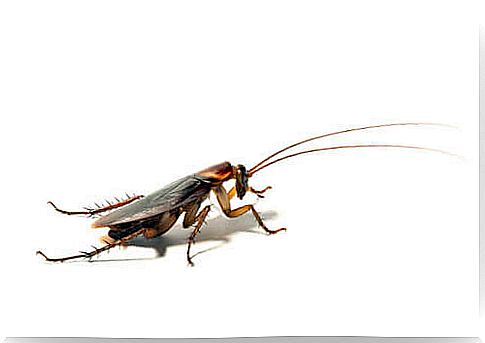
Why is parental care given?
This reproductive strategy, as in birds and most mammals, is not due to simple altruism.
Parents do not decide to waste energy taking care of their offspring because they love their children very much, but because they represent a direct mechanism to perpetuate their genetic information to the next generations.
Parental care has a clear evolutionary motive. When there is a very low probability of survival in the young on their own, the parents are forced to sacrifice part of their life cycle in caring for them.
Following the previous example of cockroaches, they need specific protozoa to digest certain components of their diet. In each molt of their exoskeleton these microorganisms are lost, so they have to receive them again from adult individuals.
These types of events promote parental care: If the newborn animal cannot survive on its own , it is clearly up to the parents to euthanize themselves.
